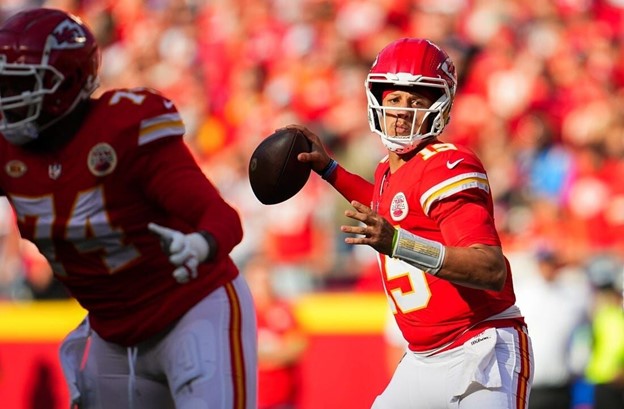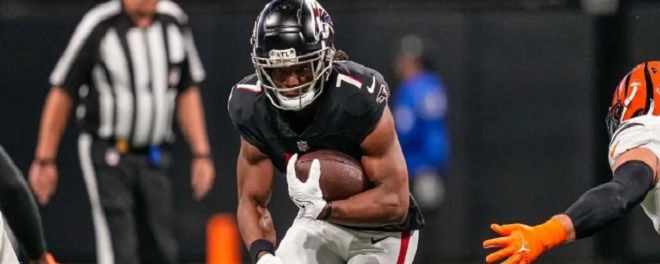The 2025-26 college football season has experienced unprecedented turbulence on the coaching carousel, with high-profile firings and hires dramatically reshaping championship odds and futures markets. From shocking midseason dismissals to the continued reverberations of legendary retirements, coaching transitions are proving to be the single most influential factor in determining which programs bookmakers favor, and which they’ve written off entirely.
The most stunning development came in Week 7, when Penn State fired James Franklin following a catastrophic three-game losing streak that saw the Nittany Lions plummet from preseason championship contenders to irrelevance. Franklin’s dismissal, carrying a fifty million dollar buyout, the second-largest in college football history, sent shockwaves through the betting markets. Penn State entered the season as the seven hundred fifty to one second choice to win the College Football Playoff at BetMGM, but after consecutive losses to previously winless UCLA and Northwestern as three-touchdown favorites, the Nittany Lions now sit at thirty thousand to one long shots. For context, bettors seeking to capitalize on national championship opportunities should regularly consult College Football futures odds provided by experts at Vegas Insider, as coaching upheaval creates significant line movement and value opportunities throughout the season.
The Franklin firing represents just one piece of a historically active coaching carousel. Five power conference jobs opened by midseason 2025—matching the entire total from the previous year—with UCLA’s DeShaun Foster, Virginia Tech’s Brent Pry, Arkansas’ Sam Pittman, Oklahoma State’s Mike Gundy, and Oregon State’s Trent Bray all dismissed before November. Each firing triggered immediate odds adjustments, with programs losing perceived value as uncertainty replaced stability in bookmakers’ calculations.
The Post-Saban Era: Alabama’s Adjusted Reality
Perhaps no coaching change has generated more betting market intrigue than Alabama’s transition from Nick Saban to Kalen DeBoer. When Saban retired in January 2024 after seven national championships, Alabama’s title odds initially plummeted from five hundred fifty to one to fifteen hundred to one before recovering slightly to one thousand to one once DeBoer was hired. The legendary coach’s departure removed what oddsmakers considered the ultimate “hedge”—a coach whose sustained excellence made Alabama a perennial short-odds favorite regardless of roster turnover.
In the current 2025-26 season, Alabama sits at six hundred to one to win the CFP Championship, the second choice behind Ohio State’s three hundred fifty to one. While these odds still reflect a program with championship aspirations, they represent a dramatic shift from the Saban era, when the Crimson Tide routinely opened with odds as short as two hundred fifty to one to five hundred fifty to one. DeBoer’s 14-5 overall record through Week 7 of the 2025 season—including a 4-1 start this year—demonstrates competency, but the expanded odds reflect inherent uncertainty about whether he can replicate Saban’s dominance in the SEC’s unforgiving landscape.
The Alabama situation illustrates how coaching changes affect futures odds on multiple levels. Bookmakers must account not only for the coaching replacement but also for roster disruption through the transfer portal, cultural shifts within programs, and the psychological weight of following a legend. DeBoer’s strong record against ranked opponents (16-3 career) provides some reassurance, but the market clearly distinguishes between “very good” and “historically dominant”.
Market Volatility and the New Coach Effect
Coaching changes create immediate volatility in betting markets, with odds shifting dramatically in the hours and days following announcements. Research indicates that teams making midseason coaching changes experience roughly a 15 percent bump in performance over the next five games, though only 40 percent maintain that improvement long-term. This “new coach boost” creates both opportunities and risks for futures bettors trying to identify value.
Indiana’s remarkable 2025 season exemplifies this phenomenon. Under first-year coach Curt Cignetti, the Hoosiers opened at ten thousand to one (one hundred to one hundred) to win the national championship but have surged to nine hundred to one after starting 6-0 with an upset victory over Oregon. The market adjustment reflects not just wins but a fundamental reassessment of the program’s trajectory under new leadership. Similarly, Texas Tech under Joey McGuire has seen consistent odds shortening throughout the season, moving from twenty-five hundred to one to seventeen hundred to one as the Red Raiders remained undefeated through six games.
Conversely, programs experiencing coaching instability see their odds crater. Beyond Penn State’s collapse, Oregon dropped from the five hundred to one second choice to one thousand to one after losing to Indiana, while Oklahoma fell from eighteen hundred to one to three thousand to one following a disappointing loss to Texas. These adjustments demonstrate how quickly bookmakers recalibrate expectations based on on-field performance that reflects coaching competency—or lack thereof.
Strategic Implications for Futures Bettors
The unprecedented coaching turnover in 2025-26 presents unique opportunities for savvy futures bettors. Programs with new coaches often carry inflated odds early in their tenures, particularly when replacing failed predecessors. BetMGM trading manager Seamus Magee noted that Indiana “looks great for the book at the moment” because heavy preseason action on established programs like Penn State, Clemson, and Texas has made long-shot success stories more palatable for bookmakers.
The key for bettors is identifying coaching transitions that address systemic problems rather than merely serving as scapegoats for underperformance. West Virginia’s hiring of Rich Rodriguez—who previously led the Mountaineers to three consecutive 10-win seasons—represents the type of proven fit that might offer value, particularly given his offensive scheme’s alignment with returning personnel. Conversely, programs making desperation hires or promoting unproven interim coaches typically see their odds lengthen for good reason.
The expanded 12-team College Football Playoff format also changes the calculus around coaching transitions. Programs no longer need to be perfect to reach the postseason, which means new coaches have more margin for error while implementing their systems. This dynamic potentially creates value on teams whose odds reflect skepticism about immediate perfection but which could realistically secure playoff berths with 10-2 or 9-3 records.
The 2025-26 season demonstrates that coaching changes remain the most consequential variable in college football futures markets. Whether it’s Penn State’s stunning collapse after Franklin’s firing, Alabama’s recalibration in the post-Saban era, or Indiana’s unexpected rise under Cignetti, the coaching carousel continues spinning with profound implications for championship odds. As the season progresses and additional changes loom, bettors who understand the nuanced impact of coaching transitions on both immediate performance and long-term trajectory will find opportunities in a market still adjusting to unprecedented volatility.




